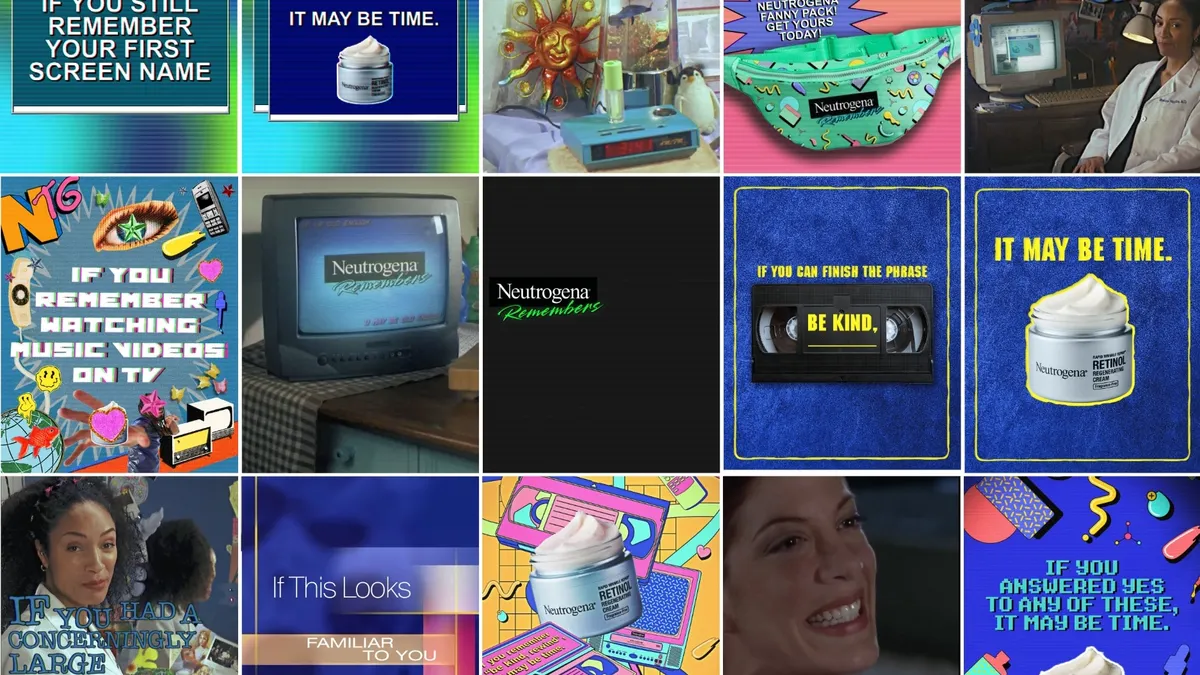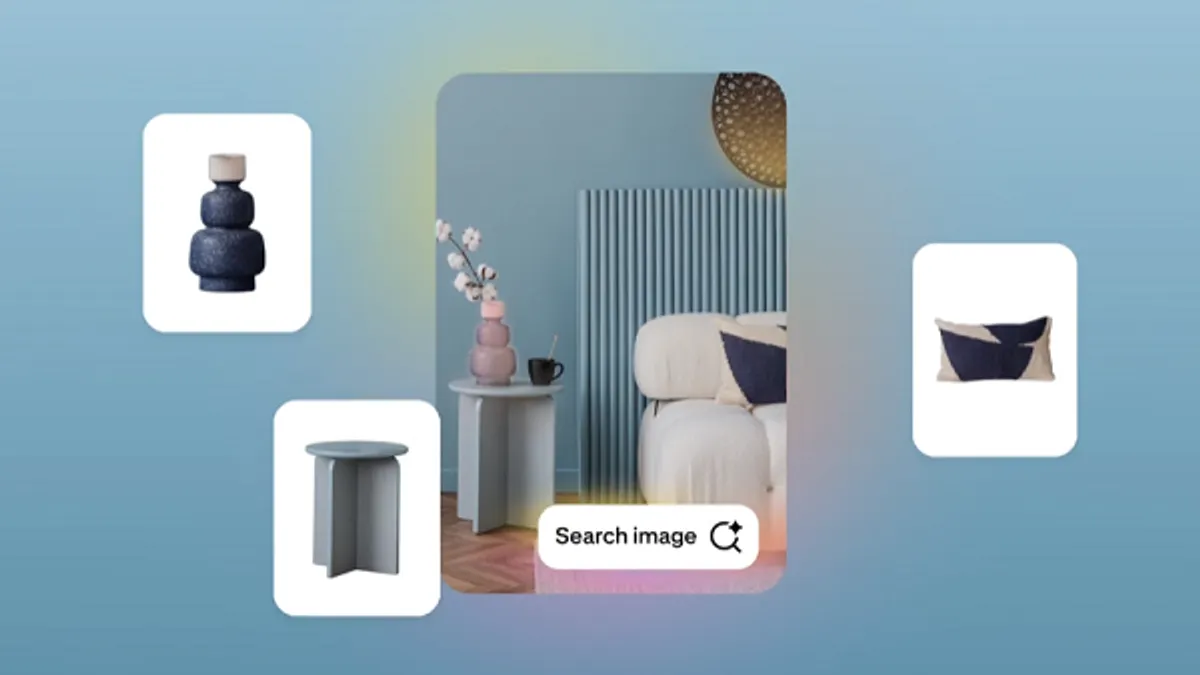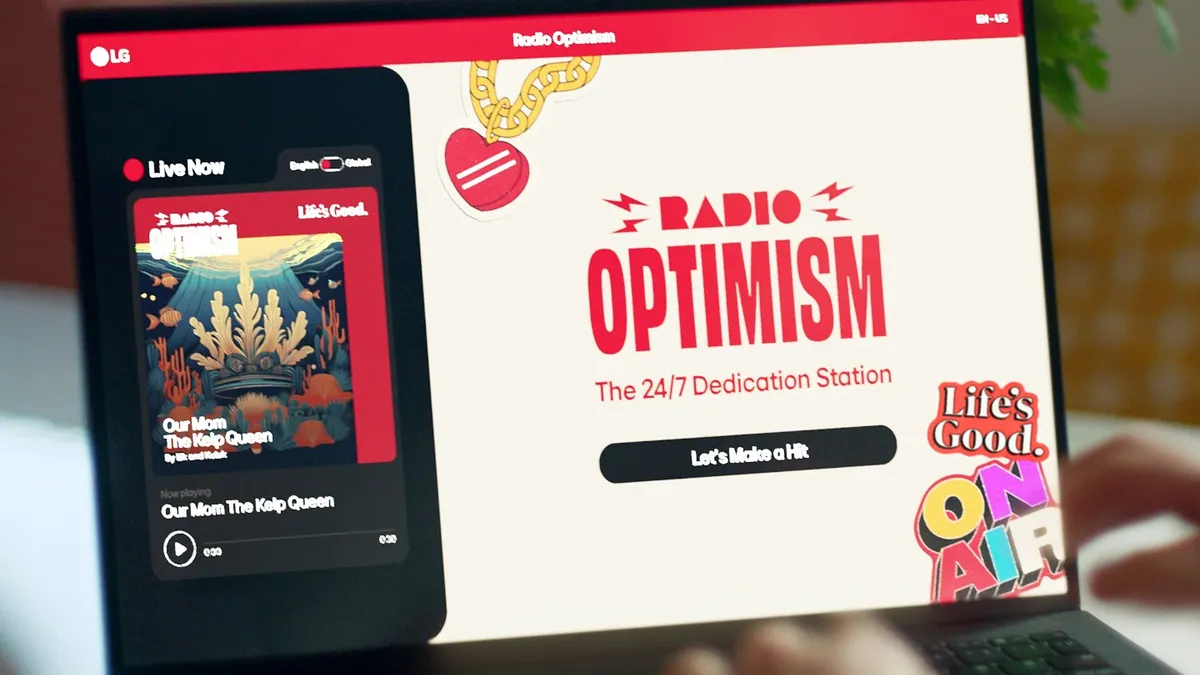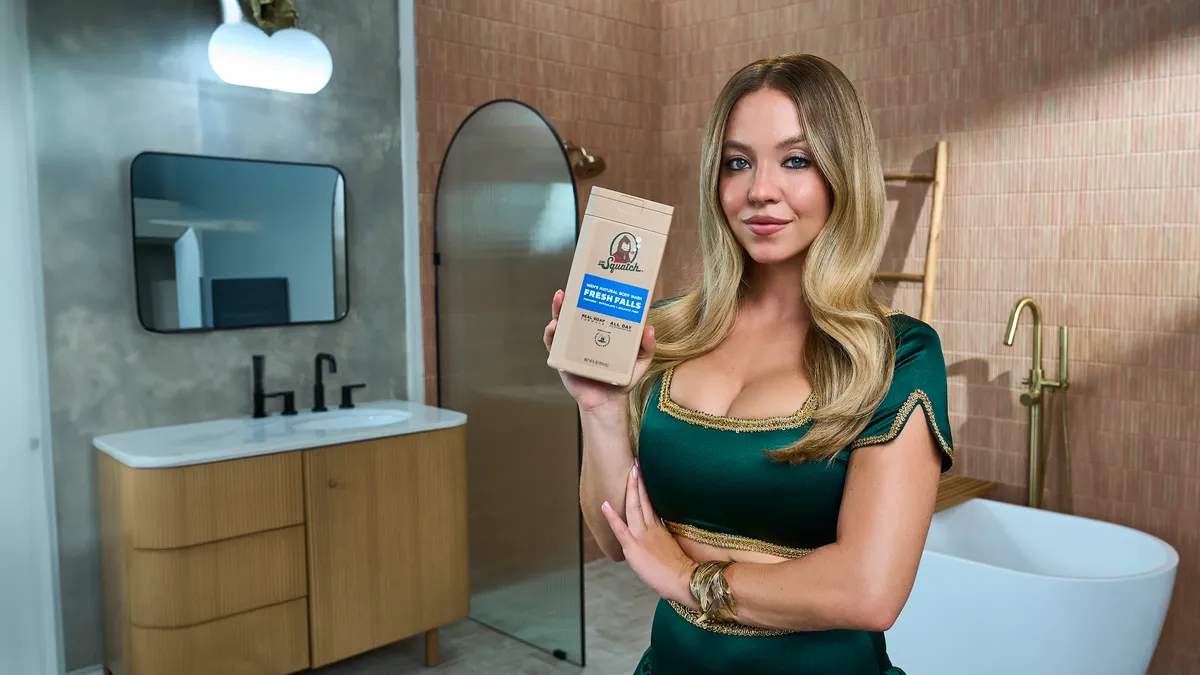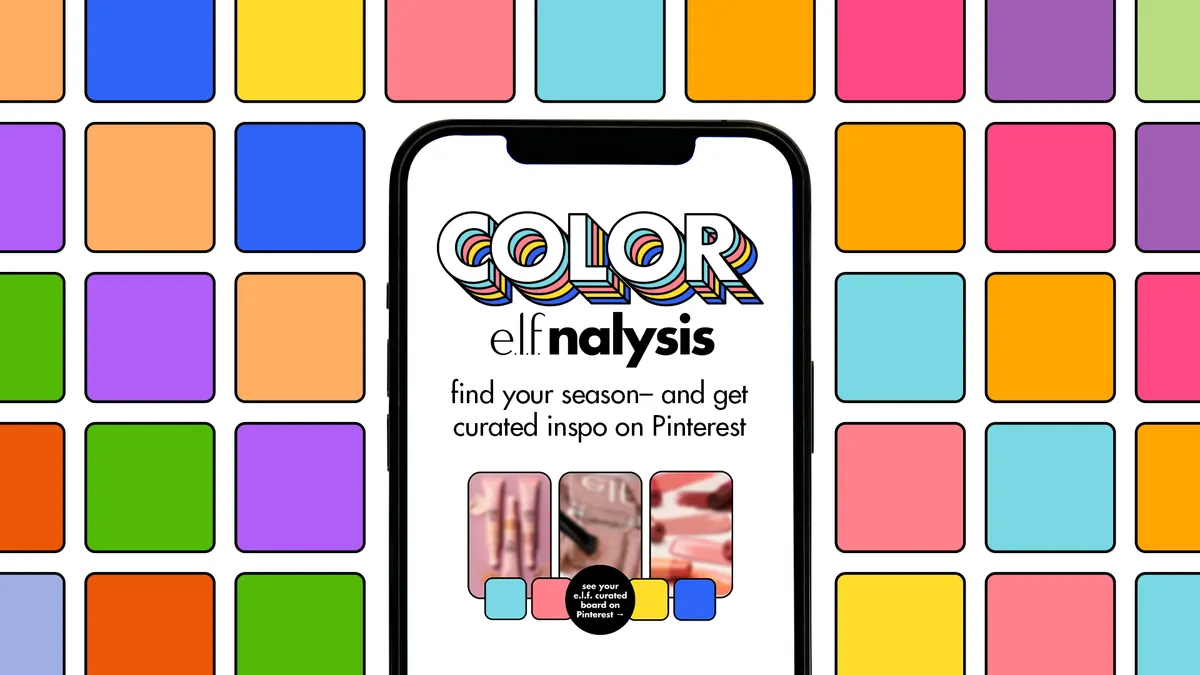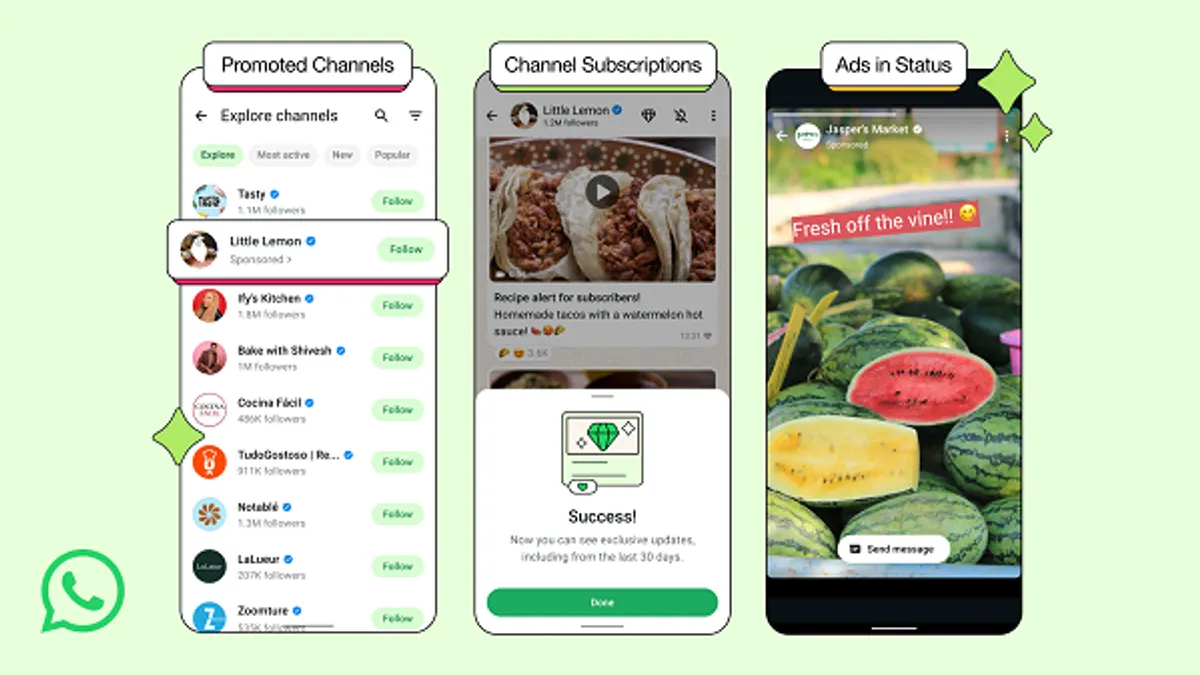Purpose-driven marketing is growing from a small piece of marketers' strategies into a pillar that informs their overall business as consumers demand brands stand for something meaningful. CPG giants PepsiCo and AB InBev are two companies successfully leveraging a more values-oriented approach to distinguish new products in crowded fields, such as the former's premium water line Lifewtr, and reinvigorate legacy labels like the latter's Stella Artois beer.
Speaking at separate sessions at the South by Southwest festival in Austin, TX, last week, marketers from PepsiCo and Stella Artois extolled how stepping past purely product-based messaging is helping them create resonance and ultimately drive awareness and purchase intent. Todd Kaplan, PepsiCo's VP of marketing, emphasized that good purpose-driven marketing doesn't have to be strictly related to political or social causes and that the door is open for any business to root its brand in something that's relevant and of substance.
"Having a nice CSR program doesn't make you a purpose-driven brand," Kaplan said during a discussion co-presented with R/GA Chicago's Executive Creative Director AJ Hassan, where he noted that the commitment is one that needs to be made 365 days a year. "It guides everything that your brand is doing."
A comprehensive application of brand purpose beyond specific cultural moments is necessary for communicating authenticity, especially when trying to reach younger consumers — the type who are less frequently buying from traditional packaged goods companies in categories like soda and beer.
"Millennials are these belief-driven buyers largely because they value transparency," Kaplan said. "They can sniff out B.S. in a heartbeat. Secondly, millennials are very optimistic: they want to change the world and they believe they can. When they see brands that are taking a stand, that is something that resonates."
Shaping water into art
Creating resonance, however, is more difficult for some products than others. Bottled water is a massive, growing business — it has 90% household penetration and outpaced soda sales for the first time in the U.S. last year — but represents a marketing conundrum: water isn't inherently interesting and is often difficult to distinguish in a crowded space.
Among consumers that buy bottled water, 80% will do so from multiple brands in a given week, signaling weak brand loyalty in the category, according to statistics cited by Kaplan. Premium water, which is a $2 billion segment and growing 20%, represented daunting new territory for PepsiCo when designing Lifewtr.
"We looked at the space and said, 'let's try to better understand some of the drivers and motivators behind it,'" Kaplan said. "When we talked to consumers, what we learned is that 57% of bottled water consumers believe that inspiration is essential to living a fulfilling life.
Specifically, as we looked at millennials, which are the biggest cohort in premium water, 70% of them said that creativity was a top quality for success," he added.
Those strong values led PepsiCo to take a slightly different approach to Lifewtr's rollout, building a focus on supporting and showcasing creativity into the product. Every bottle features the work of an emerging artist, with the brand centering its efforts on four cultural anchors so far, including public art, women in art, fashion designers and, announced last week on Art Advocacy Day, arts in education.
In marketing, Lifewtr has promoted its initiatives through takeovers on social media channels like Instagram, real-world galleries, out-of-home activations and bleeding edge technology like virtual reality. The brand's awareness campaign around female artists, which stemmed from the statistic that just 5% of permanent gallery collections are by women, drew 251 million impressions worldwide.
"Lifewtr as a business is a little over a year old, and it's already well over a $200 million brand," Kaplan said, while still cautioning that traditional indicators of success shouldn't be marketers' end goal.
"A purpose-driven brand really asks the question of, why does my brand exist?" he said. "That's not necessarily to make profit or revenue or be relevant to competition. It's where it exists in the world."
Scaling a good cause
While Kaplan emphasized that purpose-driven marketing doesn't have to be tethered to cause marketing, the two often do work in tandem, as is the case for Stella Artois with its clean water initiative. The AB InBev-owned brewer in 2015 forged a partnership where part of the purchase of its limited-edition beer chalices would be donated to Water.org.
"Quite literally it came down to doing good for others," Ben Butler, Stella Artois' global director, said about the research his team did leading up to the campaign's launch. "We actually saw very significant shifts in attitudinal [trends] and people wanting to get involved in causes — not only in their spare time, but in their actual work."
Unlike many brand partnerships with nonprofits, Stella Artois' came from its marketing budget and not the philanthropy pocket, ramping up pressure to demonstrate a return on investment. The commercial impact has so far been "tremendous," according to Butler, who noted it's moved the needle on brand perception and purchase intent but did not offer specifics.
The company's now nearing 1 million chalices sold and has in three years expanded the effort from roughly one-and-a-half markets into 10 of its top sellers. Marketing behind the project has evolved as well, including through specially-marked 12-packs, integrations with bars where purchases of Stella drafts go toward clean water and short digital video campaigns on Pinterest.
"It's a simple mechanic you can scale in a lot of different ways," Butler said. "You think of how many times people go to a grocery store to buy beer — it's not a one-time purchase."
Perhaps the biggest indicator of the central place the Water.org partnership has taken in Stella Artois' business came in the form of a 30-second Super Bowl spot it ran this year with ambassador and Water.org co-founder Matt Damon, which looked to spark serious conversations about clean water at parties and put the topic on the same tier as climate change in terms of awareness.
"Philanthropy and donation [are] never going to be enough [...] we have to look at day-to-day commerce and everyday consumers," Butler said of cause marketing. "It's absolutely necessary that everybody does it.
It started as a small, nice little thing and it's actually become a huge pillar of the brand," he said.








